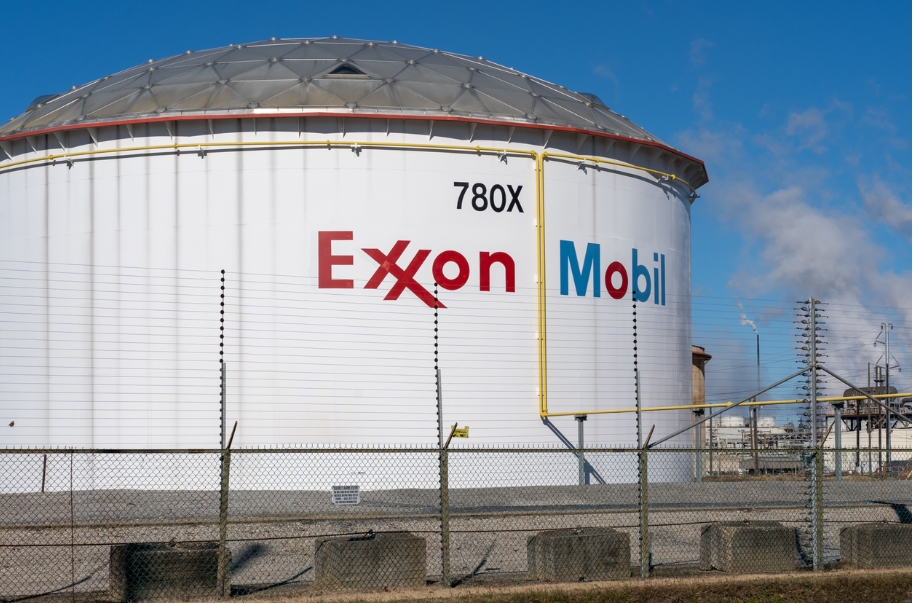
The move exemplifies Exxon’s strategy of pivoting from aging vertical wells to the more lucrative shale assets that define the Permian’s future.
Hilcorp Energy, a private firm led by billionaire Jeffrey Hildebrand, emerged as the winning bidder for these assets. Known for its specialty in mature asset acquisitions, Hilcorp has been capitalizing on industry giants’ divestments. This deal mirrors Hilcorp’s recent $1 billion purchase of Eni’s offshore Alaska properties and its acquisition of APA Corp’s $950 million Permian assets in September. For Exxon, this divestiture is about liquidity, focusing investments on core assets, and boosting its balance sheet—a prudent move following recent megamergers that reshaped its portfolio.
Exxon’s sale to Hilcorp excludes properties acquired from Pioneer, focusing instead on older wells producing a stable, if unspectacular, 26,000 barrels of oil equivalent per day (boepd). By shedding these non-core properties, Exxon is homing in on shale, an area where it now has a significant edge following the Pioneer takeover. That acquisition doubled Exxon’s Permian footprint and expanded its access to prolific acreage in the Delaware and Midland basins. Exxon expects production to soar to 1.3 million barrels per day (bpd) within the Permian and is on track for 2 million bpd by 2027.
This sale further emphasizes the need for U.S. majors to streamline their portfolios and focus on the most productive assets by selling off less lucrative ones.
In August, Exxon said it was looking to sell some of its conventional oil and gas assets in the Permian, with sale proceeds expected to be around $1 billion.